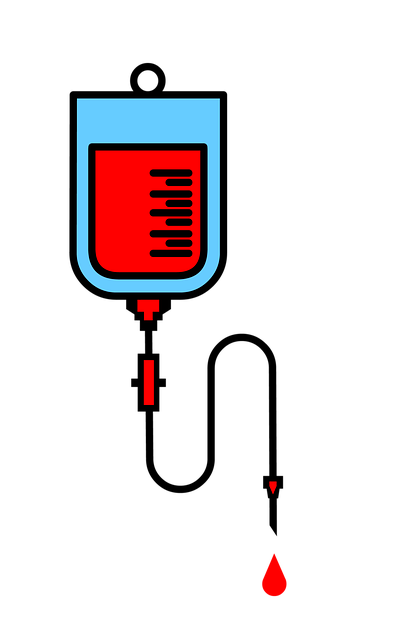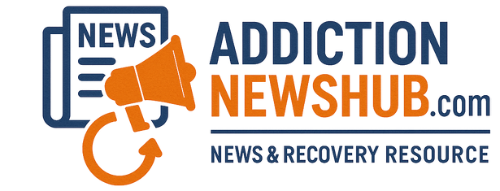For intravenous (IV) drug users, harm reduction strategies are essential to mitigate overdose risks and improve public health. These include needle exchange programs, clean syringe distribution, and safe injection sites, which reduce the spread of diseases and lower overdose rates. Organizations like Project Purple and the Herron Project offer educational resources, Drug Rehab Scholarships, and naloxone access, promoting recovery and safer practices. Their community-based initiatives aim to destigmatize addiction, provide support, and create a path to sobriety for at-risk individuals through various harm reduction techniques.
Overdoses remain a devastating issue among intravenous (IV) drug users. This article delves into critical aspects of overdose reduction, focusing on harm reduction strategies tailored for IV drug users. We explore key risks, including opioid and stimulant misuse, and discuss essential techniques such as safe injection practices. Additionally, we examine the life-saving role of naloxone and analyze the impact of safe injection sites. Furthermore, community support for IV users is highlighted as a vital component in preventing overdoses and promoting recovery.
Understanding Overdose Risks for Intravenous Drug Users

For intravenous (IV) drug users, understanding overdose risks is a critical component of harm reduction strategies. Overdoses can occur when the body’s tolerance to a substance decreases or when an individual mixes drugs, leading to unpredictable and potentially fatal outcomes. IV drug use poses unique challenges due to the direct injection of substances into the bloodstream, which can accelerate the effects and increase the likelihood of an overdose.
Harm reduction techniques for IV users involve educating them on safer practices such as using clean needles, measuring dosages accurately, and being aware of substance interactions. Initiatives like Project Purple and the Herron Project focus on providing resources and support to combat this issue. Drug Rehab Scholarships can also be a game-changer for those seeking treatment, helping to overcome financial barriers. By implementing these strategies and leveraging available programs, the risk of overdose can be significantly reduced, ultimately fostering a safer environment for intravenous drug users.
Essential Harm Reduction Strategies

Harm reduction techniques for Intravenous drug users play a crucial role in saving lives and improving health outcomes, especially among at-risk populations like intravenous (IV) drug users. Strategies such as needle exchange programs, clean syringe distribution, and overdose prevention sites are proven to reduce the transmission of diseases like HIV/AIDS and hepatitis C while minimizing the risks associated with drug use. For instance, Project Purple, an innovative initiative focused on reducing opioid overdoses, has shown significant success in communities across the country.
Additionally, education and access to resources for drug rehabilitation, such as Drug Rehab Scholarships or programs like the Herron Project, are vital elements of comprehensive harm reduction. These initiatives not only provide a path to recovery but also help users break free from the cycle of addiction, reducing the likelihood of harmful practices and promoting better health management.
Role of Naloxone in Overdose Prevention

Naloxone plays a pivotal role in overdose prevention for intravenous drug users, particularly those engaging in heroin use. This life-saving medication is a powerful opioid antagonist, designed to rapidly reverse the effects of an opioid overdose. When administered nasally or intravenously, naloxone blocks opioid receptors in the brain, restoring normal breathing and consciousness. It’s especially crucial in harm reduction techniques for intravenous drug users, as it can quickly turn around a potentially fatal situation.
Initiatives like the Herron Project and Project Purple highlight the growing awareness and access to naloxone, with programs offering free or subsidized Drug Rehab Scholarships to ensure that those at risk have this critical tool available to them. By training laypeople to administer naloxone and increasing its accessibility, these projects contribute to a broader public health strategy aimed at reducing overdose deaths and fostering safer communities for those struggling with substance use disorders.
Safe Injection Sites and Their Impact

Safe Injection Sites (SIS), also known as harm reduction centers or supervised consumption sites, have emerged as a significant strategy in overdose reduction for intravenous drug users. These facilities provide a controlled environment where individuals can safely inject drugs under the supervision of trained staff. The primary goal is to minimize health risks associated with illicit drug use, including blood-borne viruses and overdoses.
By offering clean needles, syringes, and access to medical care, SIS plays a crucial role in implementing harm reduction techniques. They not only reduce the stigma attached to drug use but also encourage users to seek help without fear of legal repercussions. Successful models like Project Purple or the Herron Project have demonstrated that these sites can significantly lower overdose rates, improve public health, and provide a gateway to addiction treatment and recovery services for those ready to accept it.
Supporting IV Drug Users in the Community

In many communities, Intravenous (IV) drug users face significant challenges and stigma, hindering their access to essential services. Harm reduction techniques play a pivotal role in supporting these individuals. Organizations like the Herron Project and Project Purple are at the forefront of this initiative, focusing on providing non-judgmental care and resources tailored to IV drug users’ unique needs. They offer safe spaces for education, needle exchange programs, and access to drug rehab scholarships, which can help users make informed choices and gradually reduce their substance use.
These community-based efforts aim to foster an environment where IV drug users can receive support without fear of repercussions or discrimination. By implementing harm reduction strategies, such as supervised consumption sites and medication-assisted treatment, communities can contribute to overdose reduction and improve the overall well-being of at-risk individuals. This approach acknowledges that for many, recovery is a journey, and providing these foundational services can be a life-saving step in their path to long-term sobriety.
